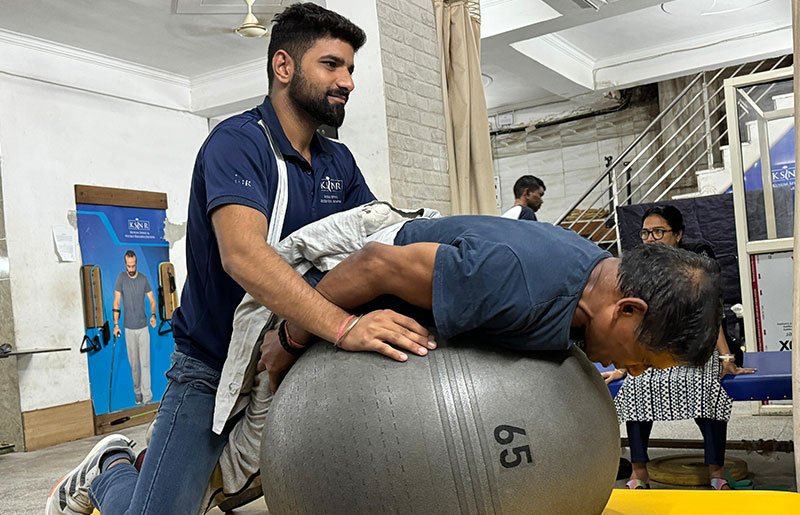For a very long period of time it was believed that spinal cord injury cannot be recovered but it was proved wrong. By adapting neuroplasticity it can be recovered depending upon the completeness of injury.
So let’s understand what is neuroplasticity first, neuroplasticity is how spinal cord rewires itself. It allows for functions affected by spinal cord injury to be relearned and recovered. To understand neuroplasticity better, it’s essential to understand how spinal cord injury affects the body. Spinal cord serves a pathway between brain and body to communicate. After the injury the communication disrupts and hence results in motor and sensory loss.
Spinal cord injury can be complete or incomplete and neuroplasticity can be complied based on the completeness of injury. Complete injury occurs when the spinal cord is completely damaged or transected. This means the pathways are completely disrupted and the body and the brain are not at all able to communicate with each other, resulting in the complete loss of sensory and motor depending upon the level of injury.
Incomplete injury describes when the spinal cord is partially damaged or transected. This means the pathways are not fully disrupted which leaves spared neural pathways and hence the communication between brain and body are not completely lost. So the individuals have some motor control and sensory below their level of injury.
Spared neural pathways are an essential component of spinal cord injury recovery because damaged neurons in the spinal cord are not capable of regeneration. Instead, only healthy, spared neural pathways in the spinal cord can utilize neuroplasticity to make adaptive changes. As a result, only individuals with incomplete SCI have the ability to utilize neuroplasticity to recover functions affected by injury.
How to Engage Neuroplasticity
Neuroplasticity allows the brain and spinal cord to adapt and recover functions affected by injury. Where there is damage in spinal cord, neuroplasticity is necessary to rewire new connection around the damage. One needs to strengthen the connections that survive the injury by promoting neuroplasticity and circuit regeneration.
Basically there are three essential; components for promoting neuroplasticity after SCI. we will discuss all three of them one by one.
Specificity
Training specifically is crucial for promoting neuroplasticity after spinal cord injury because each movement you make is attributed to a specific set of neural pathways. Every time you practice a specific movement, it reinforces demand for that function. The more specific you are with your training, the better the spinal cord gets at perceiving a demand for those functions and rewires itself.
Repetition
High repetitions are also one of the major components of promoting plasticity. Repetitive practice is how you will get your life back after SCI and recover the fastest way possible. Every time you repeat a movement, you’re strengthening its neural pathways. The stronger the neural pathway becomes the easier and more natural the movement becomes.
Intensity
Lastly, the intensity of your training helps determine how quickly you recover. Intensity consists of how much resistance, speed, repetitions, time, and effort is put into your recovery.
So this is how the neuroplasticity works and help patients to recover if possible.
By Dr. Virendra Vikram Singh(PT)

